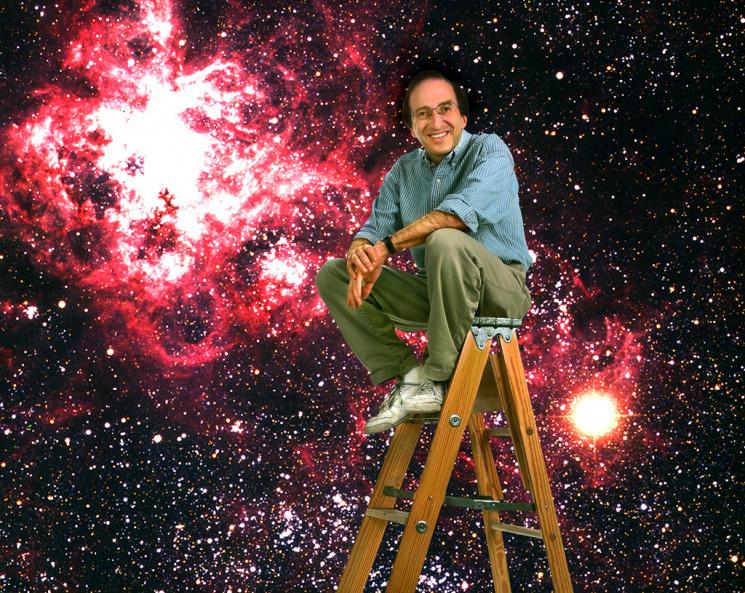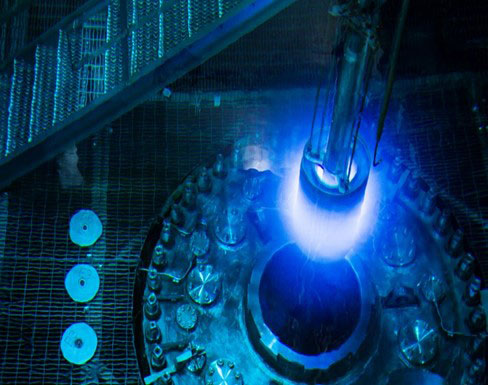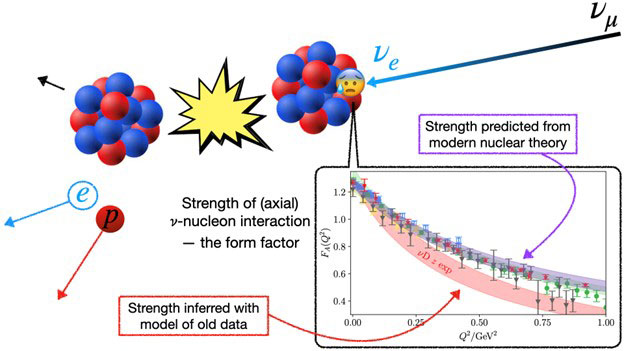LBNL Scientist Shares 2011 Physics Nobel Prize
Astrophysicist Saul Perlmutter wins Nobel “for the discovery of the accelerating expansion of the universe through observations of distant supernovae.”

The Science
The prize, shared with Brian Schmidt and Adam Riess, was for the simultaneous discovery that the rate of expansion of the universe is not slowing down as expected due to gravitational attraction but rather is speeding up.
The Impact
These findings initiated new lines of research to understand the nature of the universe, including the exploration of dark matter and dark energy.
Summary
Because Type 1a supernovae form in the same way and explode with the same mass, their absolute light output is the same regardless of where and when they explode. That makes them “standard candles” – useful reference points in the night sky. By measuring their apparent luminosity here on Earth, and comparing that with what we know to be their absolute luminosity, scientists can calculate how far away these supernovae are. And the farther away they are, the older they are because it takes light a longer time to arrive here if emitted from an object farther away than another. By comparing the redshifts of older supernovae with younger ones, scientists were able to determine conclusively that the rate of expansion of the universe is speeding up. This finding was contrary to the conventional wisdom, which held that the rate of expansion of the universe would slow down due to universal gravitational attraction. Instead, physicists were forced to contemplate a radically different view of the universe. Physicists speak of the total matter-energy of the universe. The world that we see and touch, the world that we are made of, physicists now believe is only about 5% of the total matter-energy of the universe. Twenty percent is thought to be dark matter, which leaves approximately 75% of the universe’s matter-energy to be dark energy.
Contact
Robert Cahn
LBNL
mcahn@lbl.gov
Funding
Basic research: Office of Science High Energy Physics program
Publications
Perlmutter, S., et al., Discovery of a supernova explosion at half the age of the universe, Nature, 391, 51 (1998).
Related Links
http://www.lbl.gov/Publications/Perlmutter-Nobel/index.html
http://www.osti.gov/accomplishments/perlmutter.html
http://www.nobelprize.org/mediaplayer/index.php?id=1745 (video)
Highlight Categories
Program: HEP
Performer: University , DOE Laboratory



